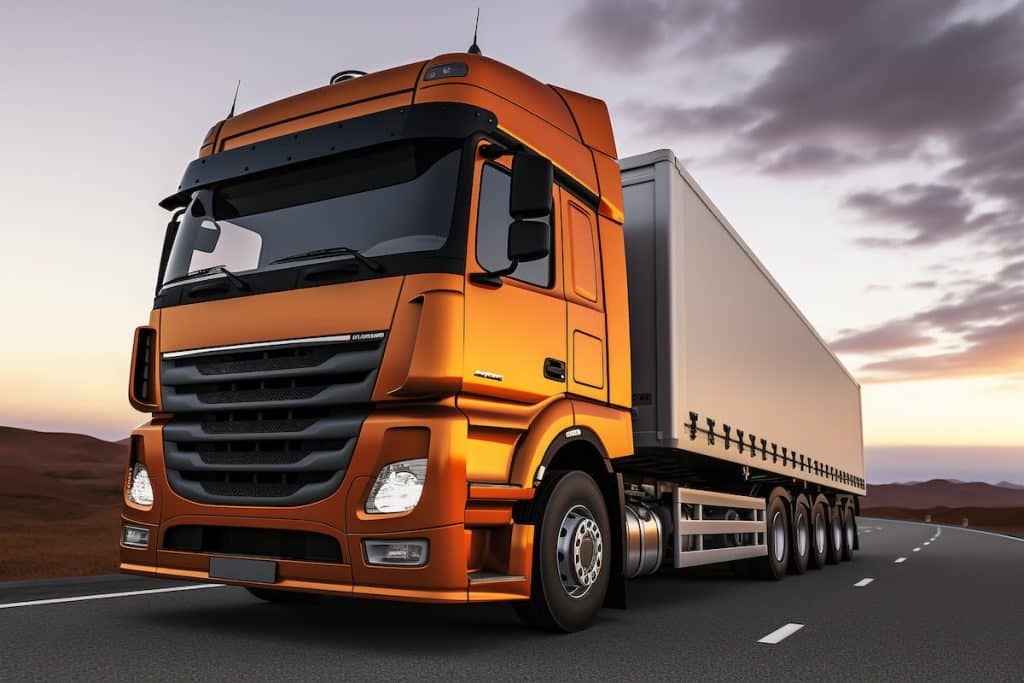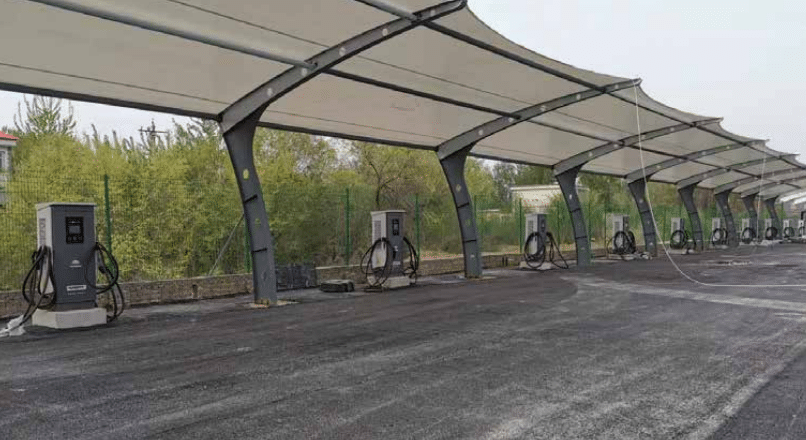
Brogen
- Email:inquiry@brogenmotors.com
- Whatsapp:+86 19352135902
- Wechat:Brogenmotors_SH
- Tel:+86 19352135902

Brogen
The electric heavy-duty truck is becoming a powerful driver of change in the global freight industry. With carbon neutrality targets shaping transport policy, this new segment offers huge opportunities. In recent years, improvements in battery technology and charging infrastructure have accelerated adoption. In China alone, sales of electric heavy trucks reached 25,000 units in 2023, an increase of more than 80% year-on-year. Market forecasts suggest a value of 50 billion RMB by 2025. This proves that electric freight trucks are moving from pilot operations to large-scale deployment.
From a technical perspective, electric freight trucks follow three main routes: pure battery electric, battery swapping, and fuel cell.
Among them, the battery electric truck dominates due to its maturity and established supply chain. Most mainstream models use 350–600 kWh batteries with theoretical ranges above 500 km. In practice, actual range depends on payload, terrain, and temperature. For example, a 6×4 tractor with a 600 kWh pack can travel about 450 km on flat roads with a full load of 49 tons, but range may drop to 350 km in cold or mountainous conditions. These characteristics make EV heavy trucks more suitable for short-haul and fixed-route operations.

Range anxiety remains the main barrier for electric heavy-duty trucks. Compared with diesel trucks, they face clear gaps in range and refueling speed. Key factors include:
Payload effect: Every 10 tons of added load raises energy use by 15–20%. Full loads can cut range by over 25%.
Terrain impact: Continuous slopes of 5% can increase energy use by more than 40%.
Temperature sensitivity: At -20°C, usable battery capacity drops 30–40%, while heating systems consume additional energy.
Solutions are emerging. New high-nickel and LFP batteries now reach 180 Wh/kg, and advanced BMS improves low-temperature performance. Some models keep 80% of their range even at -30°C. Charging is also faster: megawatt-class chargers can cut charging time to 15–30 minutes, boosting fleet efficiency.
The success of the electric heavy truck market depends on charging networks. Infrastructure shows clear segmentation:
Highway corridors: Coverage is limited. Though 3,000 stations exist on expressways, less than 5% have chargers above 350 kW suitable for heavy trucks. On the Beijing–Shanghai route, only about 20 such chargers are available along 1,200 km, leaving long-haul trucks struggling.
Closed scenarios: Ports, mines, and logistics hubs are leading adoption. These sites support high-power, dedicated charging for predictable operations. For example, Tianjin Port built 20 dedicated stations with 480 kW dual chargers, serving 40 container trucks at once. In Shanxi, a coal mine runs a “solar-storage-charging” system to power its electric truck fleet with renewable energy.

Battery swapping: In high-frequency routes such as steel plants and ports, swapping stations reduce downtime to 3–5 minutes. By the end of 2023, over 1,000 swap stations were operational nationwide.
Electric heavy-duty trucks show strong total cost of ownership (TCO) advantages:
Energy cost: Electricity costs only 1/3–1/2 of diesel. A 6×4 tractor running 150,000 km yearly can save about 250,000 RMB in fuel.
Maintenance: EV trucks have 80% fewer moving parts and service intervals up to 50,000 km. Data shows a 40% reduction in maintenance costs over three years.
Policy incentives: Local governments provide purchase subsidies up to 30% of vehicle price, priority road access, and yearly operational subsidies.
Carbon credits: Each zero-emission truck can earn 8,000–10,000 RMB in carbon revenue annually.
Port operations: At Yangshan Port, 200 electric logistics vehicles cut diesel use by 3 million liters yearly, reducing CO₂ emissions by 8,000 tons. Smart dispatch systems ensure their daily output matches diesel trucks.
Mining transport: In Shanxi, 30 EV heavy trucks run 600 km daily under dual-shift schedules. With off-peak electricity at 0.3 RMB/kWh, cost per ton-km drops to 0.18 RMB, 60% lower than diesel.
Urban construction: Beijing mandates all new dump trucks must be electric. With 360 kWh batteries and fast charging, they meet 300 km daily demand with 1-hour charging cycles.
Technology: Solid-state batteries may raise density to 400 Wh/kg. Widespread 800V platforms could cut charging times under 10 minutes. Smart energy management will add 15–20% range.
Business models: “Vehicle-battery separation” lowers purchase cost. Battery banks offer lifecycle services. Integrated solar-storage-charging systems raise energy efficiency.
Market growth: By 2027, electric heavy trucks may reach 25% market penetration in China, with short-haul electrification above 40%.
The electric heavy-duty truck is reshaping freight economics and sustainability. With advancing technology and expanding infrastructure, this zero-emission truck will power the freight industry toward a cleaner, more efficient future.
Brogen is a leading ev solutions provider for commercial vehicles and boats. Reach out to our experts at inquiry@brogenmotors.com. We promise to get back to you within two business days.
For the latest news please view Brogen’s Linkedin. For more videos please click Brogen’s Youtube. Find more about Brogen's ev solutions for commercial vehicles.
Connect with a Brogen expert to learn more about our services and discuss our ePowertrain solutions.
Product Manual